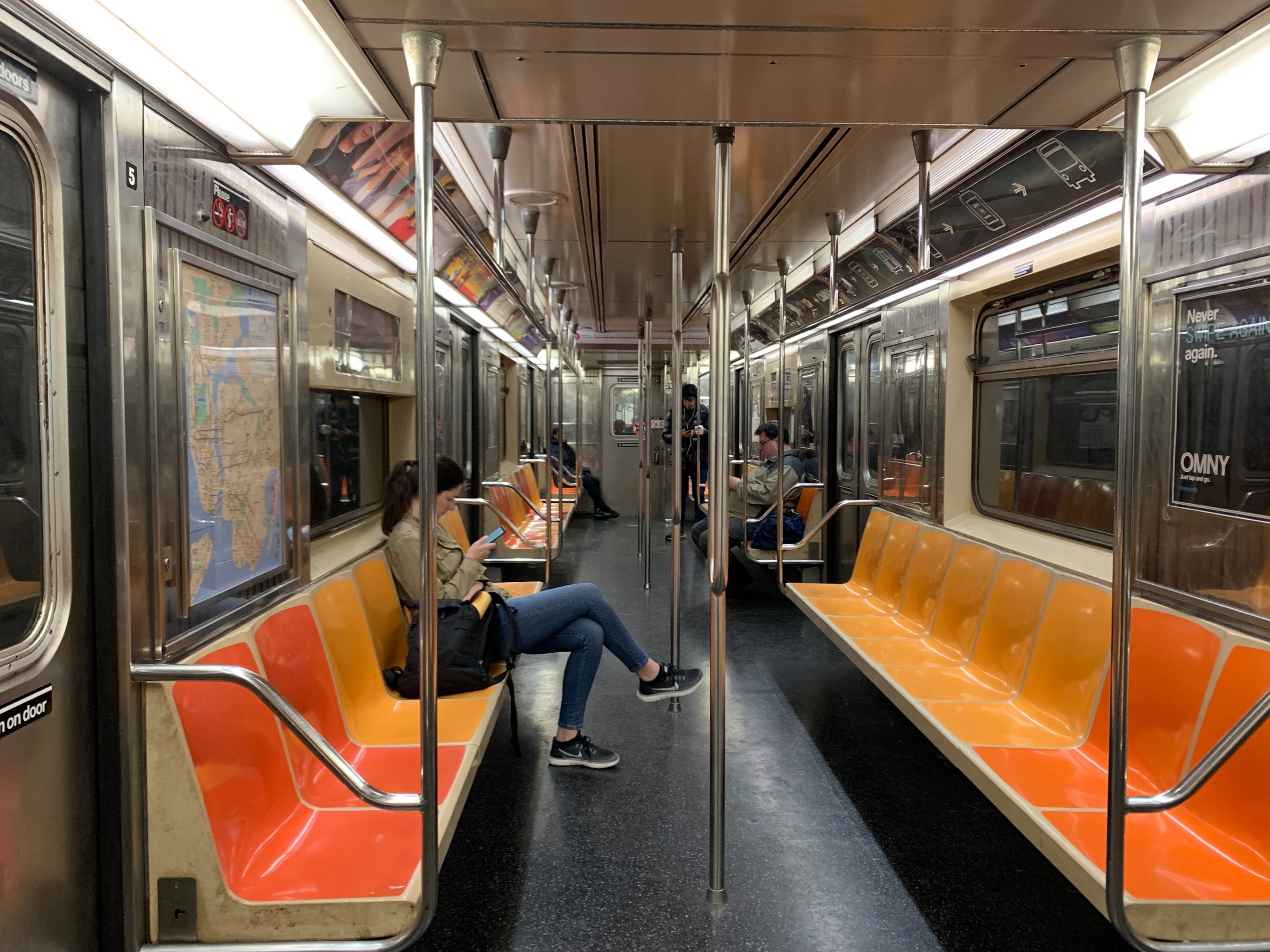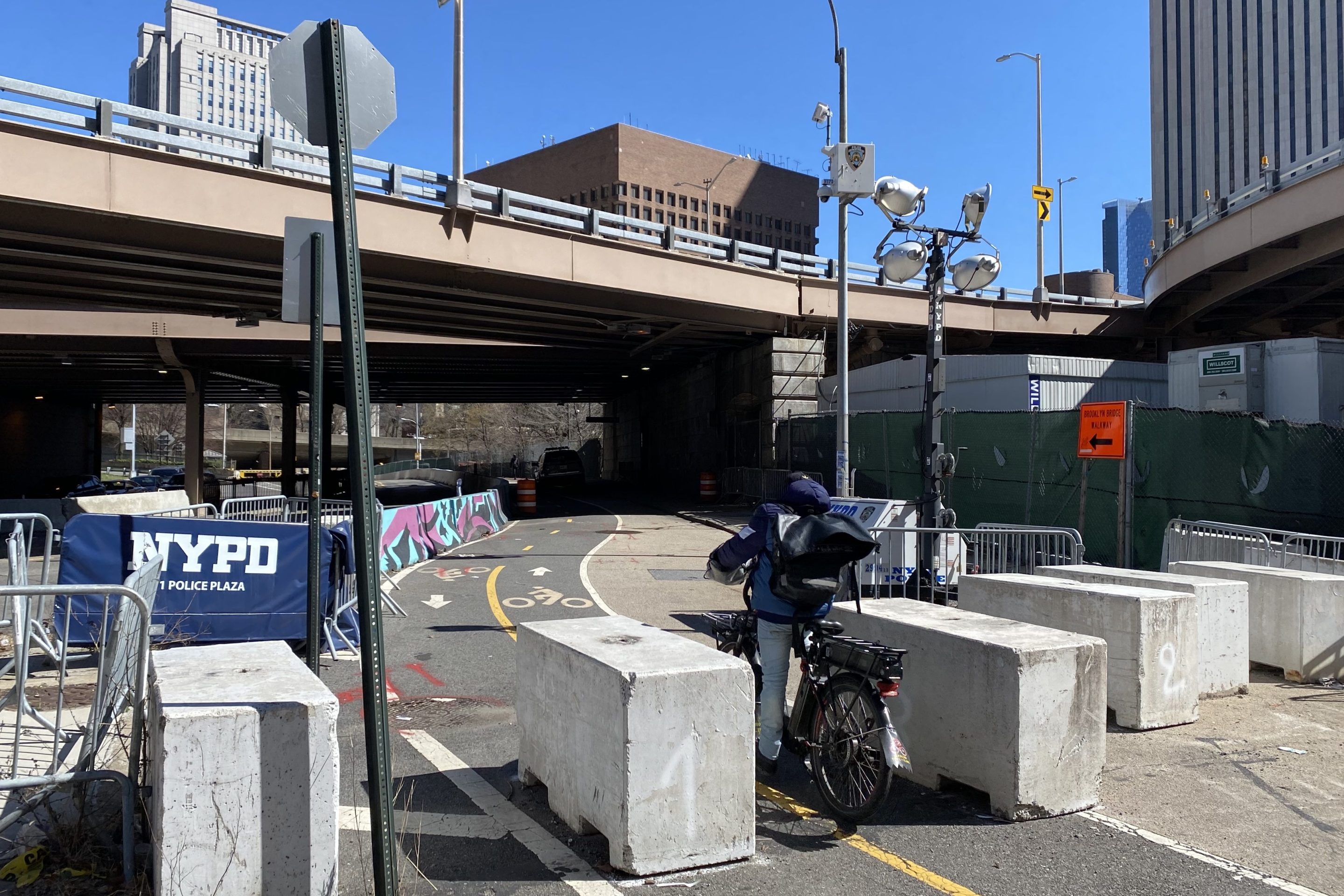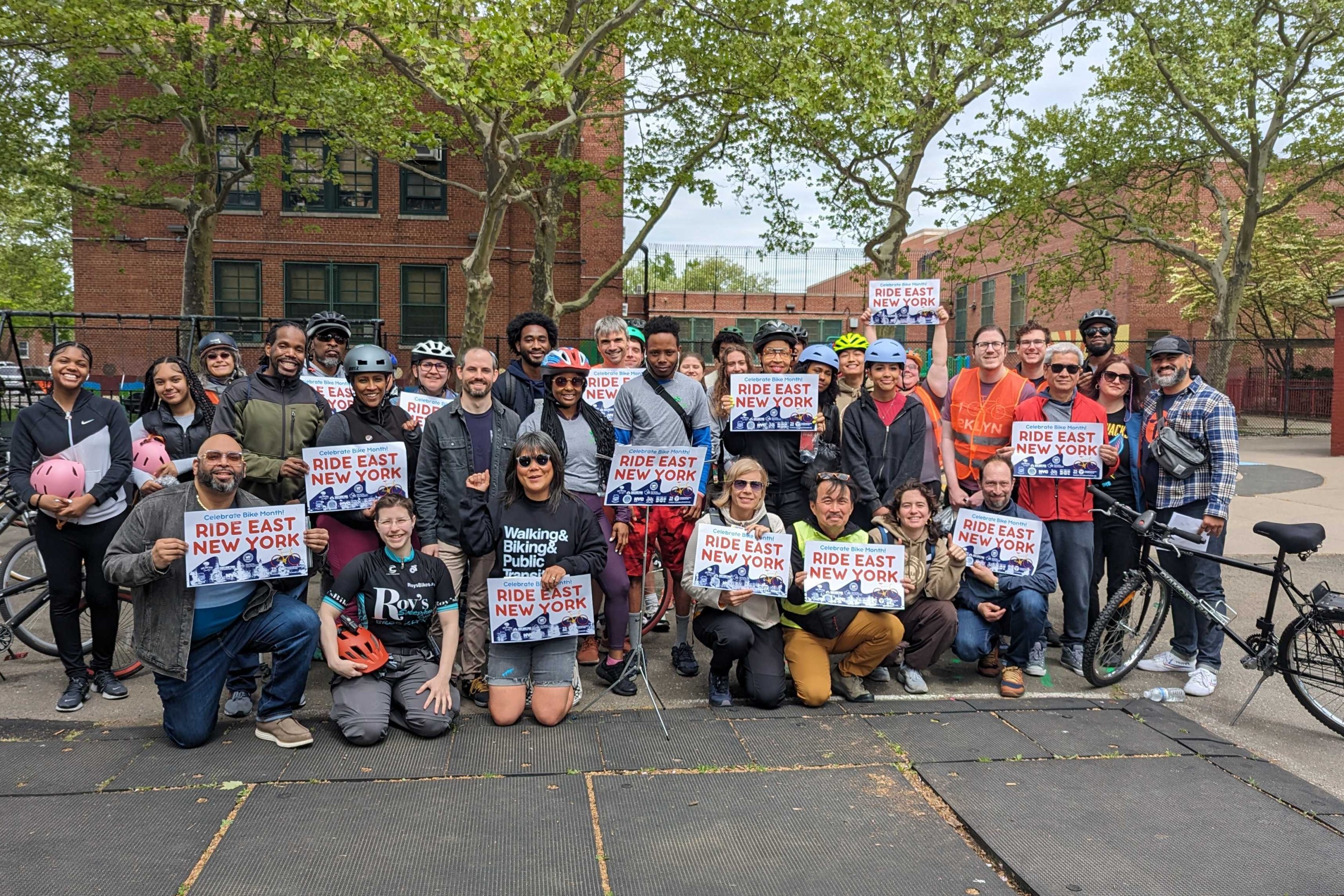The MTA announced service cutbacks on subway, bus, and commuter rail service on Tuesday afternoon, after weeks of declining ridership due to the coronavirus pandemic.
MTA Chairman and CEO Pat Foye told reporters that in response to reduced ridership as New Yorkers stay home, the agency was rolling out what it called the Essential Service Plan, which seeks to balance providing transit service for first responders and other essential personnel with the reality that ridership has fallen precipitously in recent weeks.
The MTA's Chief Operating Officer, Mario Peloquin, announced the cutbacks were as follows:
- Starting on Wednesday, NYCT will still run peak trains in the AM and PM rush hours, but won't run lines like the B, W and Z on weekdays, effectively eliminating the lines. In addition, some express service will run locally.
- Starting on Thursday, March 26, Buses will run at 75 percent of their normal operations, since Peloquin said that "the maximum number of buses needed is substantially reduced, which requires fewer operators and lessening crowding of depot facilities."
- Starting on Friday, March 27, the Long Island Rail Road will run 35 percent fewer trains but will still run rush hour trains in the AM and PM peaks.
- Also starting on March 27, Metro-North will institute a reduced schedule on weekends, and run hourly service on the Harlem, Hudson and New Haven lines, a 50 percent service reduction.
Foye said the service reductions were a necessary response to reduced ridership and part of an attempt to promote public health by allowing New Yorkers to keep their distance from each other. But he also said that the agency would never shut down service entirely.
"The steps we're taking today are intended to advance the governor's goal of flattening the curve," Foye said before the service cuts were announced. "We'll be there when this pandemic is over to propel the economy out of this crisis. We're not shutting down and we're not going anywhere."
The service cuts comes as ridership across the system has dropped precipitously during the coronavirus pandemic. Foye told reporters that subway ridership was down 87 percent, and ridership on buses down 70 percent as of Monday. The MTA’s suburban rail systems, Metro-North and the LIRR, are down 94 percent and 76 percent respectively.
In addition to the ridership decline, NY1 reported that the MTA canceled 1,090 subway trips between last Wednesday and last Sunday. The trip cancellations, due to employees calling out sick, caused the New York City Subway to publicly announce on Monday night it wouldn't run "duplicative" service on the B, W, and Z lines on Tuesday, and Foye said at the press conferences that there were 800 train delays in the morning because of crew shortages.
The resulting lack of service caused packed conditions on morning commutes on Tuesday, the exact kind of situation the agency has been trying to avoid as it balanced running trains for first responders while not becoming a breeding ground for spreading the highly contagious coronavirus. Foye doubted the veracity of the video today, saying that neither he nor New York City Transit Interim President Sarah Feinberg had seen crowding on subways or buses recently.
Other transit systems across the country and the world had also responded to the drop in ridership due to coronavirus fears by cutting service. Washington, DC closed stations on its Metro service and cut service back to every 20 minutes on most lines and Seattle reduced service on some bus routes and eliminated service altogether on other routes. Foye however, did tell reporters that that MTA had "no plans to shut down stations, period."
Advocates were understanding of the cutback moves. Lisa Daglian, the Executive Director of the Permanent Citizens Advisory Committee to the MTA, called the cutback a logical step, and said it was urgent the federal government include the MTA in the stimulus bill in front of Congress.
"With increasing worker shortages and decreasing ridership, we appreciate that the MTA will keep a good level of service to get front line workers where they need to go, while reducing crowding and maintaining social distancing for all," Daglian said. "It’s critical that the federal government step up and pass an emergency stimulus package to support the transit agencies that support the regional economy."
Danny Pearlstein, the communications and policy director at the Riders Alliance, also called on Congress to help the beleaguered transit agency so that it could keep serving essential employees.
"Public health relies on public transit to get essential workers to work." Pearlstein said. "The most important thing right now is for the federal government to come through with a multibillion dollar rescue package for the MTA."





